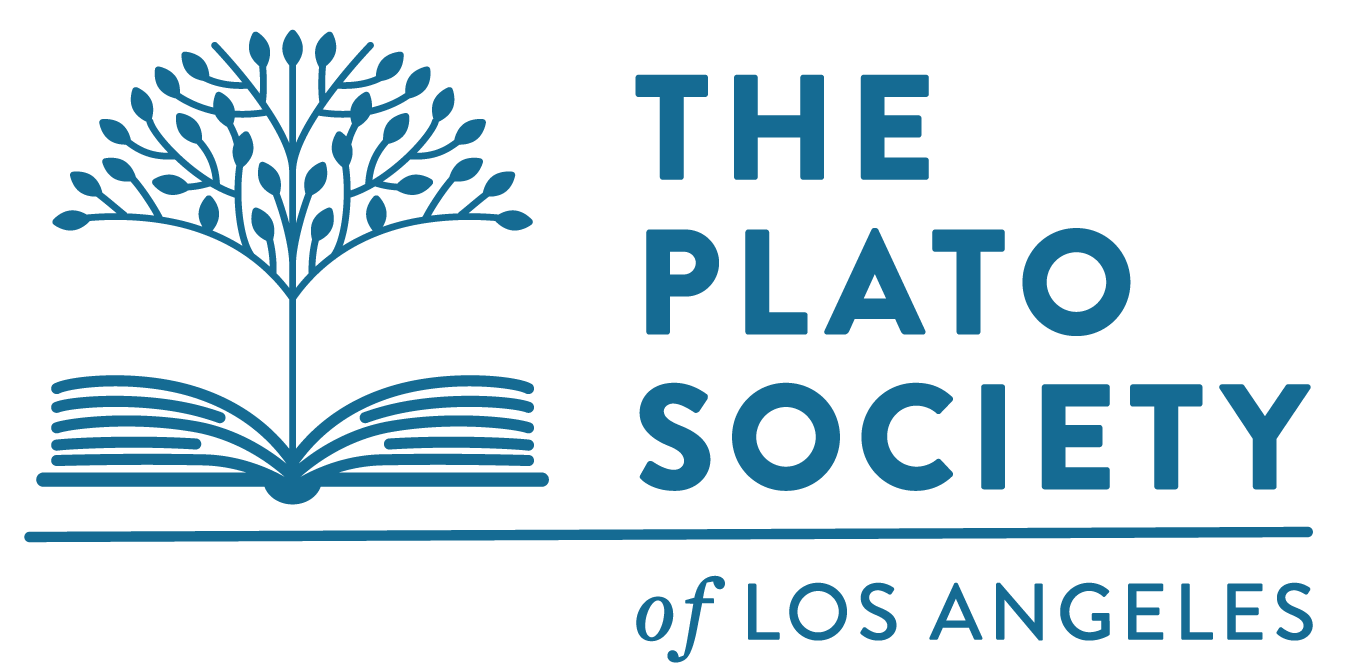Description
The Civil War remains the most significant, studied and written about era in US history. Written 3 decades ago, the core book, James McPherson's Pulitzer Prize winning Battle Cry of Freedom remains unchallenged as the definitive one volume study of the war. The fast paced narrative integrates the political, social and military events that crowded the 2 decades from the outbreak of war in Mexico to the ending of another at Appomattox. The SDG will offer an in-depth view of the background causes and events and all aspects of the war itself--the battles, the strategic maneuvering on both sides, the politics and the personalities. While chronology is marked by battles, the book emphasizes analysis of slavery expansion, the origins of the Republican Party, the causes of secession, the internal dissent and anti-war opposition in North and South and the political battles on both sides. Battle Cry of Freedom will guide us through the most important chapter of the American story.
Weekly Topics
Chapters 1 & 2. US at midcentury; Mexican War; Compromise of 1850.
Ch. 3 & 4. Slavery; Agrarianism v. Industrialization; Abolitionism.
Ch. 5 & 6. Bleeding Kansas; Rise of Republican Party; Dred Scott; Lincoln/Douglas debates.
Ch. 7 & 8. John Brown; 1860 Election; Secession; Fort Sumter.
Ch. 9 & 10. The Upper South's Dilemma; Armies are organized; War begins.
Ch.11 & 12. Bull Run and its consequences; McClellan hesitates; Blockade and beachhead in the South.
Ch.13 & 14. The Mississippi River War in 1862; Internal dissension; Landmark legislation.
Ch. 15 & 16. Shenandoah Valley Campaign; Lee takes command; The North struggles over slavery.
Ch. 17 & 18. Back and forth in Northern Virginia; Britain and France consider entry. Emancipation Proclamation.
Ch. 19 & 20. Lincoln suffers McClellan and discord over the army; more reversals; Internal dissension and riots in the North.
Ch. 21 & 22. Vicksburg taken; Gettysburg; The road to Chattanooga.
Ch. 23& 24. Defeatism in the South; The North considers Reconstruction; War struggles on.
Ch.25 & 26. Sherman advances toward Atlanta, Grant besieges Petersburg; Lincoln focuses on Emancipation, is re-elected.
Ch.27 &28, Epilogue. Sherman's March; Appomattox.
Bibliography
Battle Cry of Freedom, The Civil War Era by James M. McPherson, Oxford University Press 1988








